Many of us have a passion for collecting certain things. Some would collect shoes, sunglasses, song albums, and other kinds of merchandise. However, some people have the money to shift to higher gears, stomp on the gas pedal even further than others, and get the merchandise of their choice. Sometimes, that very merchandise is expensive cars.
Ever since the automobile’s invention, cars have slowly dominated the roads, eventually replacing horse carriages entirely. And with each passing year, car manufacturers learn from their previous models, while observing the ones other companies have made, and utilize their newfound knowledge to improve their newer models. As a result, most car manufacturers have established a healthy rivalry with other companies and have continually competed in making the best vehicle to enter the market. Among these vehicles include high-powered cars that can reach incredible speeds in a remarkably short time. These muscle cars, especially, have become precious collector’s items for car enthusiasts – the older the car, the more valuable it becomes. For this article, we will be showcasing twenty of the best muscle cars in automobile history — so fasten your seatbelts!
1. 1965 Pontiac Catalina 2+2
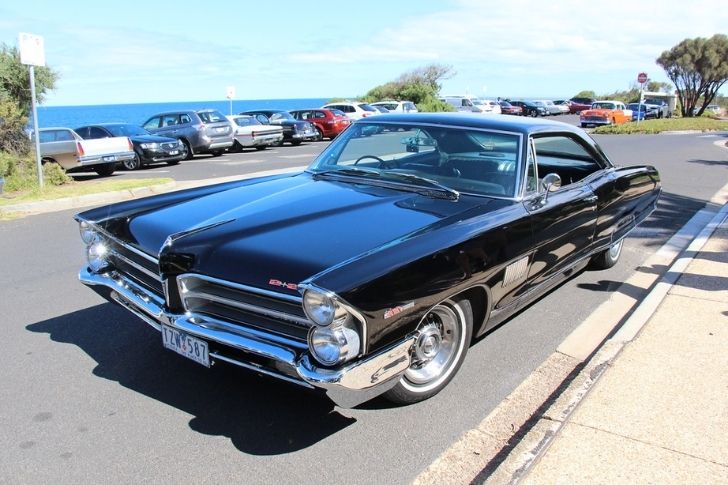
The 1965 Pontiac Catalina 2+2’s design was made back in the years when safety standards for car manufacturers still weren’t too strict — which was, to a degree, an ideal time to make muscle cars. Thanks to this relatively free work environment where manufacturers can modify a car’s specifications to their heart’s content, the Catalina, upon release, was considered the original muscle car.
It became the go-to target for rival car manufacturers, and they attempted to surpass the Pontiac Catalina’s numbers with their own models. To modify the vehicles to their fullest potential, most of Pontiac’s cars were sent to the tuning shop, Royal, which provided Pontiac-approved parts for its clients. Though it wasn’t as successful as the other cars Pontiac sold at the time, the 2+2 is now a precious collector’s item for many enthusiasts.
2. 1969-1971 Baldwin-Motion Phase III GT Corvette
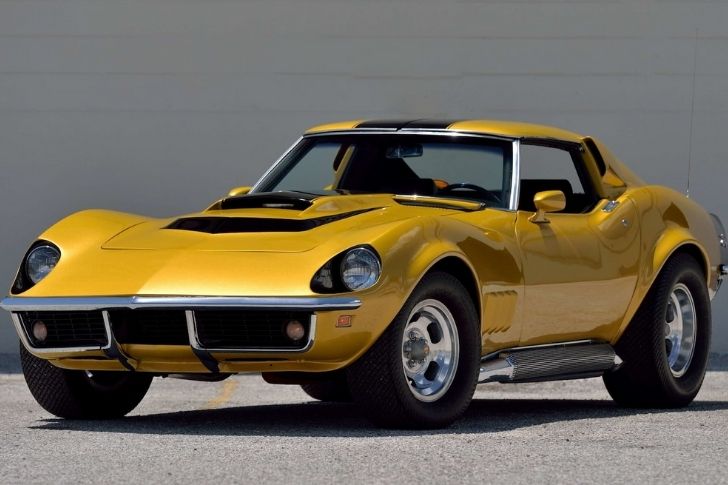
What started as a partnership between Baldwin Chevrolet and Joel Rosen’s Motion Performance is now among the many precious treasure pieces that represent a significant moment in the history of cars.
Baldwin Chevrolet often delivered a set of Corvettes to Rosen’s speed shop, Motion Performance, across the road, for the latter to optimize to reach the peak of their capabilities – Rosen dreamt of building a fast and functional all-American GT sports car. Eventually, Rosen’s modifications with the Corvette reached the ears of the car’s creator, Zora Arkus-Duntov. After seeing the car at the 1969 New York International Auto Show, Arkus-Duntov gave Rosen credit for expanding the GT’s capabilities. In later years, the Corvette has become one of the rarest muscle cars an enthusiast can own – out of the manufactured, only six are known to have endured through the ages.
3. 1969 AMX/3
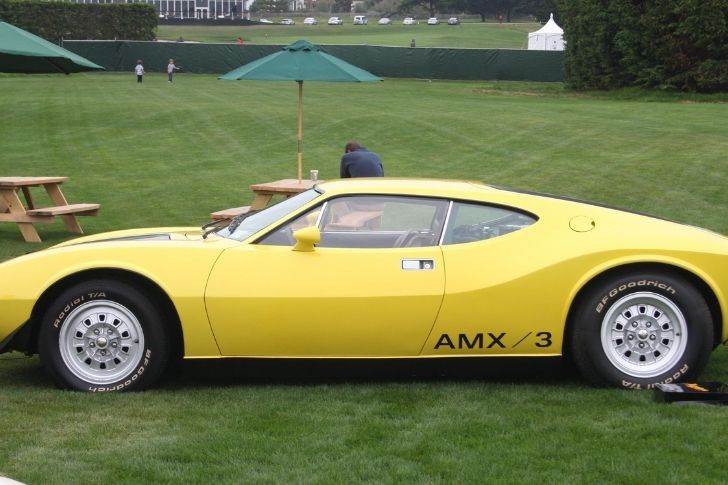
The birth of this beautiful artwork in the form of a car was thanks to the investments made by AMC’s team, led by Dick Teague, ItalDesign, BMW, and Italian designer Giotto Bizzarrini. And with its horsepower of 340, the AMX/3 could reach acceleration rates of 60 mph under 5 seconds, eventually peaking to around 170 mph – a feat worthy of praise, especially during its time.
The AMX/3 was a car that had its exterior beauty complement its interior design, making it both stylish and technically impressive, especially to car enthusiasts. Unfortunately, due to the engineering costs being too expensive for AMC, only six of the AMX/3 cars were ever manufactured – three of which are now displayed in museums, two were sold, and one is stored in a private garage somewhere.
4. Dodge Challenger SRT Hellcat Redeye
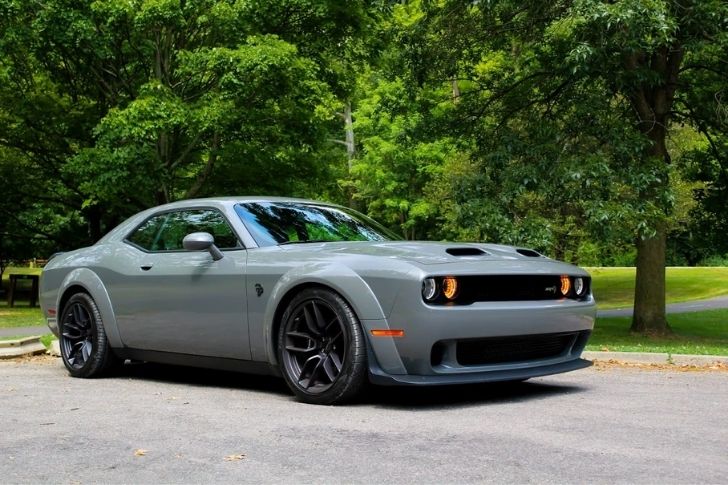
Some enthusiasts prefer to buy older models while others go for what’s new in the market. But with Dodge’s Challenger SRT Hellcat Redeye, these two worlds collide thanks to the vehicle’s design which is reminiscent of the company’s older models. It is a model that’s been bolstered by the many improvements their technology made through the years, and it’s been said to have been designed in a way that didn’t compromise the comfort and safety of the people riding it.
With the ability to reach a quarter-mile in 10.8 seconds and burn 16.7 gallons of gas after 81 miles, the Hellcat Redeye is one of the strongest muscle cars today. Furthermore, its features provide the utmost convenience to its driver and passengers, including a hands-free, voice-activated command set, a Blind-Spot monitoring system to make shifting lanes safer, and a Forward Collision Warning system to help the driver maintain a safe distance between himself and the vehicle ahead.
5. 1966 Plymouth Barracuda
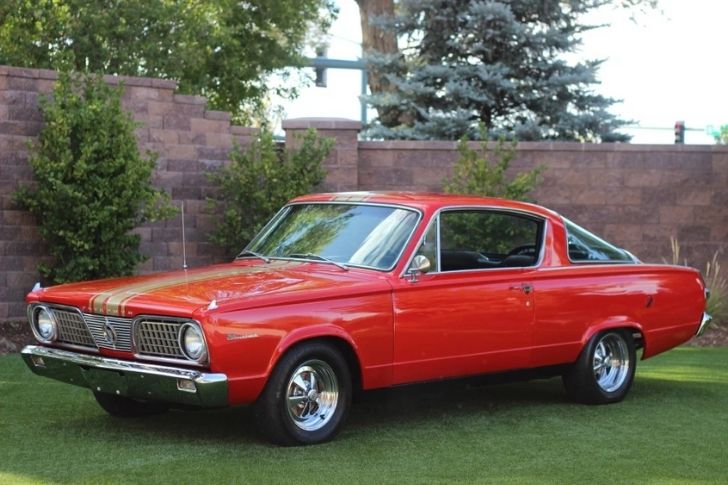
What started, to some degree, as a modification of Plymouth’s Valiant model, the Plymouth Barracuda eventually became a notable muscle car in its own right. With the Valiant Barracuda models initially only carrying a horsepower of at most 150, the ’66 Barracuda was fitted with a 235-hp engine, making it able to reach 60 mph in only 10 seconds.
Along with its impressive technical features, the Barracuda also possesses a distinct and stylish exterior design, with a low profile and a massive rear window for its exterior design, making it an overall well-balanced car. Eventually, the Barracuda was redesigned to improve its features further. By 1969, Barracuda met its new variant, the ‘Cuda, which was just as gas-guzzling, but was built to be more of a performance car with a horsepower of 330.
6. 1966 Shelby GT350
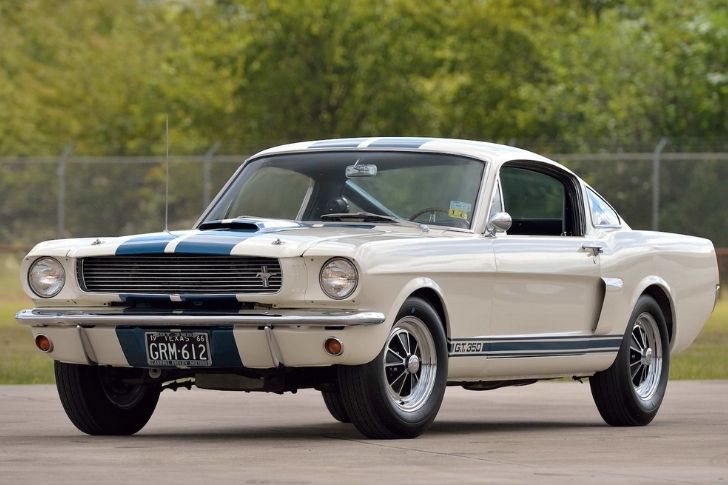
The 1966 Shelby GT350 was a beast of a machine that radiated power in its design and technical aspects. Upon release, it probably radiated too much of its power since it overwhelmed its first set of customers, who believed the car to be too “hardcore.” As a way for Shelby to make the most out of the investments made for this model, they replaced some features, removing others entirely, and presented the remaining ones as optional features that customers may or may not include with their purchase.
Among those optional features was a Paxton supercharger that boosted the GT350’s horsepower output by 46%. Though it is a noteworthy feature that augmented the car, the $700 option was just too big of a cost to add to its original price – only 12 customers paid for this feature.
7. 1969 Chevrolet Camaro Z28
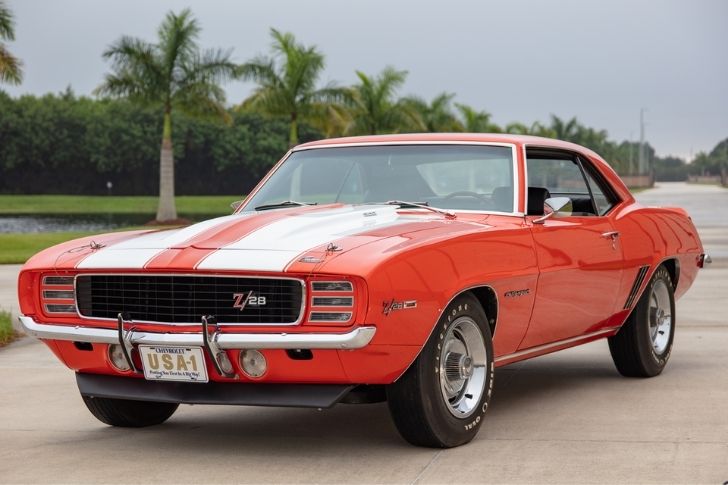
This beautifully designed Camaro was the dream car of many newly-licensed drivers back in the day. Though it only has a horsepower of 290, which is relatively lower than other muscle cars during its time, the Z28 was, and still is, an excellent addition for many car enthusiasts’ collection.
With Z28’s beautifully designed exterior — especially its iconic racing stripes — this muscle car was among the many investments Chevrolet has made in its factories that showed how proficient they were in making visually pleasing vehicles that possess impressive technical features. Eventually, Chevrolet sold a whopping 602 units of the Camaro Z28 in 1967, only for it to skyrocket to 20,000 by 1969, further proving how much this gas-guzzling beast of a machine has grown in popularity throughout the years.
8. 1978 Pontiac Firebird Trans Am
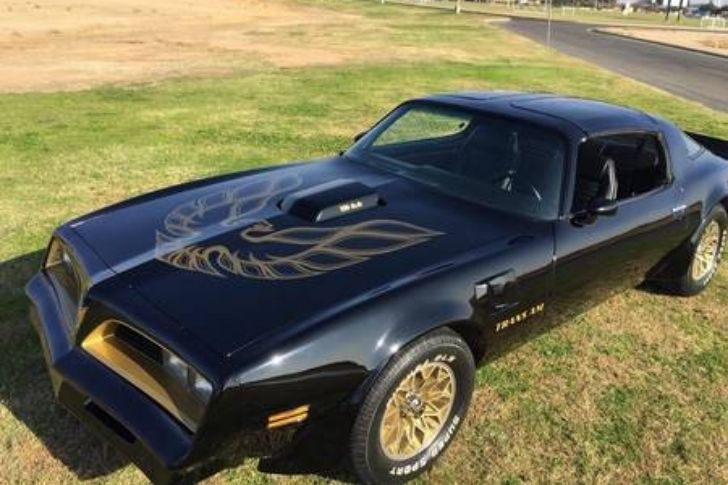
With the sudden rise in gas prices, many car manufacturing companies had to compromise their newer units’ horsepower to compensate for this hurdle while still competing with the gradual emergence of compact cars. However, for Pontiac’s Firebird Trans Am, the vehicle’s design was made to stop the trending decline of a cars’ power.
With the Trans Am essentially being an upgrade of its predecessor’s build in both its exterior design and other technical aspects, the unit adds 40 more horsepower to the previous model’s configuration, giving it a total of around 220 hp. And with the Firebird’s rise in popularity ever since its base model’s release, Pontiac’s sales kept rising after every upgrade they made to the unit – indeed, more than half of the Firebirds sold in 1979 were Trans Am models.
9. 1968 Ford Mustang Shelby GT500
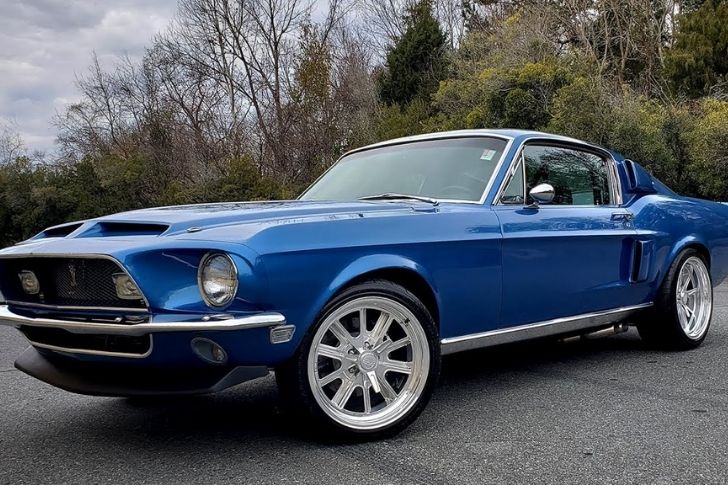
Although the 1965 and 1966 GT350s were already relatively flawless builds in Ford’s Mustang series, its manufacturers still saw room for improvement. With their newer GT500s, the Mustang improved immensely from its previous build.
After this car’s manufacturing run, it has managed to take credit for becoming one of the world’s rarest cars. Although the convertible design resumed manufacturing the following year, there is only one 1967 Shelby convertible in existence. The other one was Carroll Shelby’s very own “Super Snake” unit, which can reach speeds of up to 170 mph. Unfortunately, only one unit was ever made due to the public showing little to no interest in it – it was eventually sold in 2013 for $1.3 million.
10. 1969 Dodge Charger Daytona
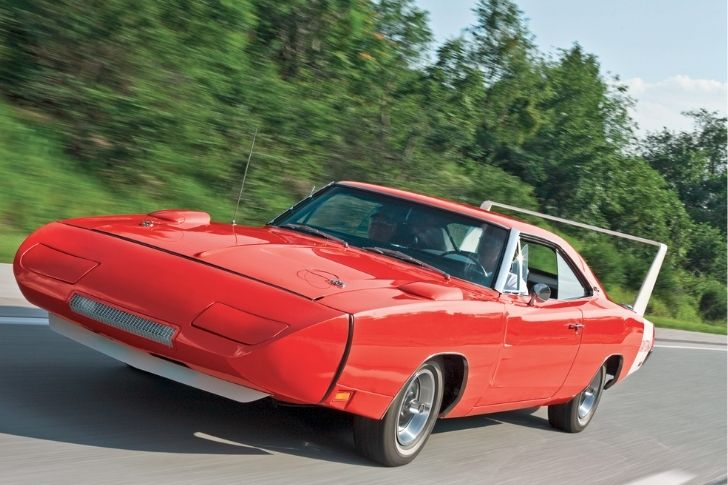
Along with the 1970 Plymouth Superbird, the 1969 Dodge Charger Daytona was designed to win races. And if the two cars look familiar, it’s because the Superbird was the basis for the design of Strip “The King” Weathers from Pixar’s Cars, with NASCAR Hall of Famer Richard Petty lending his voice to the character.
Because the Daytona’s design was dedicated to increasing its speed and reducing air resistance, the vehicle was able to win a series of races and become the first car in NASCAR history to exceed 200 mph. However, the Daytona performed so well in NASCAR that, to some degree, a new rule was written because of it. The new rule essentially banned it from being used in future races. And since it was made to be a racecar, the Daytona is a very rare limited edition unit – only 503 Daytonas were.
11. 1984 Chevy Corvette C4
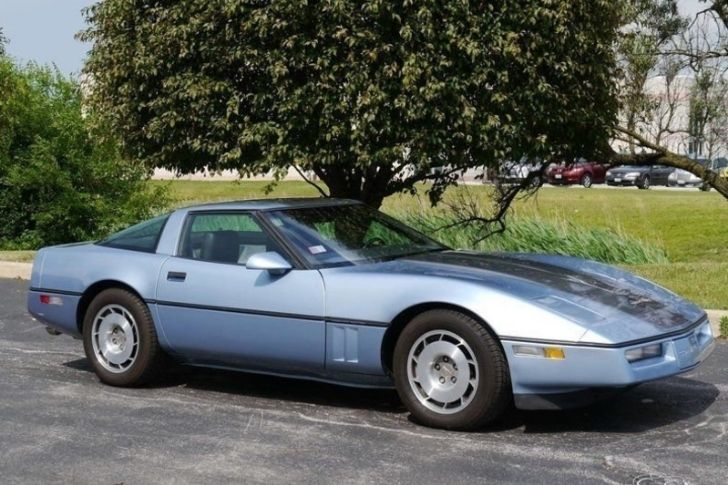
Chevrolet’s Corvette C4 was a muscle car that attracted many enthusiasts due to its slick design and amazing performance. With the Corvette C4’s production spanning from 1984 to 1996, the muscle car greatly improved with each new upgrade.
The Corvette C4 can be considered one of Chevrolet’s most significant investments and contributions to the automobile industry. With every new production of the unit, the company implemented a new upgrade in design, in various other technical aspects, as well as in driver and passenger safety. Among the many variants of the Corvette C4 is the modified Callaway SledgeHammer, which featured twin-turbo engines that can reach up to 254 mph. The SledgeHammer and other twin-turbo Corvettes are considered collector’s items for enthusiasts – only 500 units were made.
12. 1968 Dodge Dart 426 Hemi
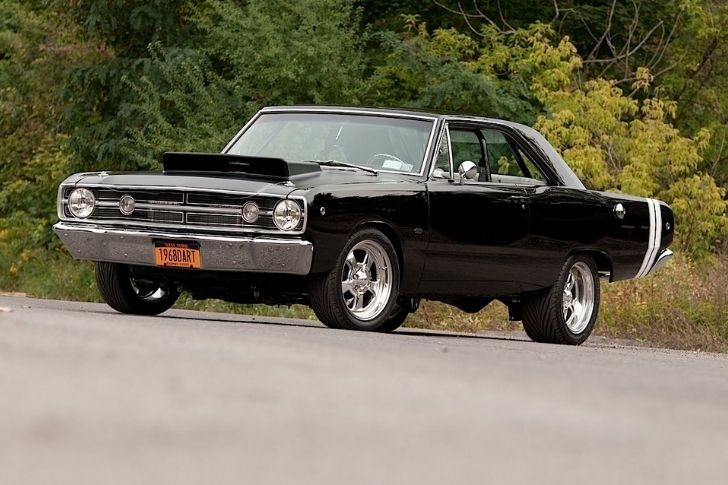
Most of the time, a car needs to be customized before its configuration can become optimal for a specific purpose, especially if it is supposed to be used for racing. However, little to no changes were needed for the Dodge Dart 426 Hemi because this beast was solely made to dominate in drag races.
The construction of the Hemi Dart was no measly endeavor. There wasn’t merely a need to swap between two engines. And since the vehicle was made solely for drag-racing, many Dart components that didn’t help boost its speed were either removed or replaced. Upon release, the Dodge Hemi could reach speeds of up to 130 mph in 11 seconds – though many racers managed to achieve better results when it was their turn to step on the gas. Only 80 units of this model were manufactured.
13. 1969 Ford Mustang Boss 429
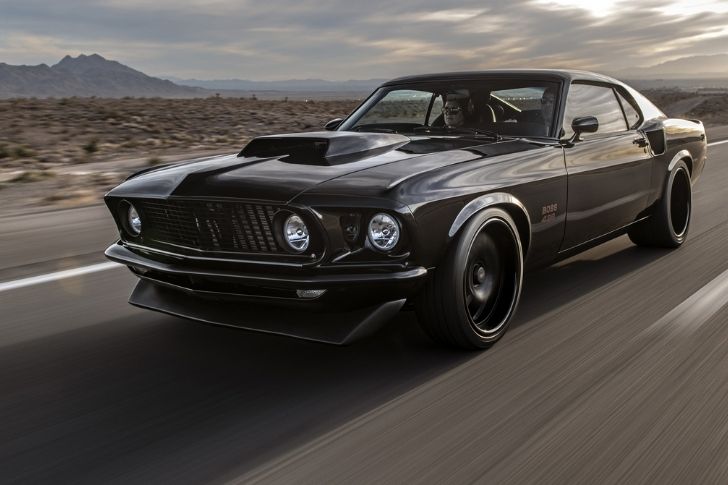
Ford’s Mustang is, perhaps, one of the most notable muscle cars ever made thanks to its iconic design and impressive features. However, the Mustang’s Boss 429 variant might be the most popular one in the series. Even the late Fast and Furious star Paul Walker once took credit for being an owner of a rare Boss 429 – he even spent a lot of money to keep it in tip-top shape!
Since the 429 cubic inch V8 was too big for the base Mustang’s engine bay, modifications were required to achieve the Boss 429’s now-impressive reputation. Besides its stylish design — on the inside and outside — the Boss 429 can also reach speeds of up to 100 mph in under 13.6 seconds. And since only 1,358 units were made, the rare Mustang is often auctioned for at least $500,000.
14. 1970 Oldsmobile 442
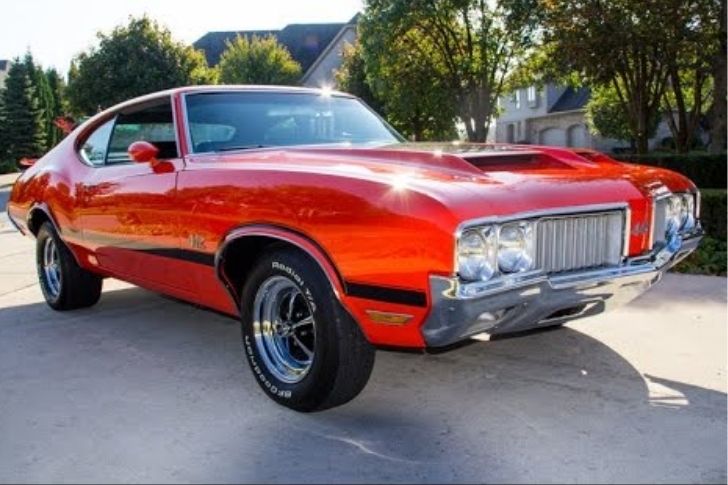
Upon its initial release, the Oldsmobile 442 was nothing compared to what it became when it reached its peak. Throughout its time in the market, the 442 came in three different variants: a sports coupe, hardtop coupe, and convertible. Though a significant part of its exterior design was changed, the three essentially shared the same features.
Thanks to the company’s investments and commitment to making their vehicles top-quality, the 442 became an icon among the many muscle cars that Oldsmobile had released. At peak condition, when the 442 finally had all of its upgrades installed, the vehicle was able to put out a horsepower of 360 and reach speeds of up to 60 mph under 6 seconds – a feat worthy of praise, especially among the other Oldsmobile vehicles.
15. 1969 COPO Camaro
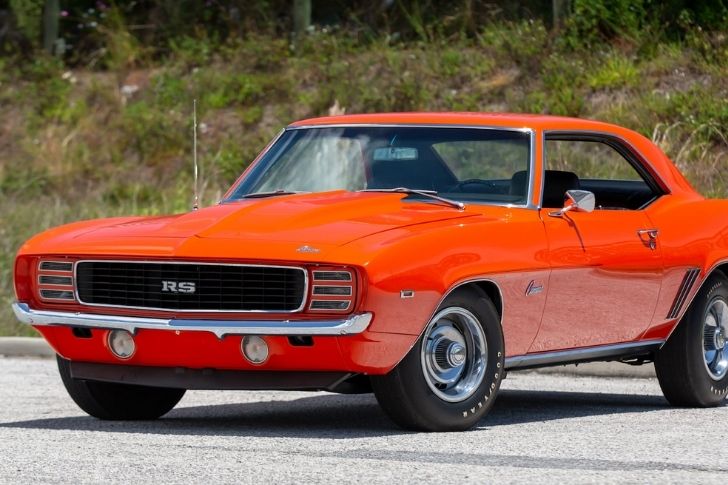
The Central Office Production Order variant of the Camaro was an impressive machine to own, especially because it wasn’t initially made to be sold to regular buyers. The COPO Camaro was first intended to be used by police officers and taxi drivers. Eventually, regular buyers got the chance to purchase it but for a much higher price.
What is probably one of the most popular cars of all time, the COPO Camaro helped Chevrolet make a fortune since its initial release. However, many of the COPO Camaro units didn’t endure for long due to the fact that they were excessively used in drag races, to the degree that the remaining functional ones became rare, like pieces of treasure for car collectors – and the ones still in perfect shape are even more expensive.
16. 1987 Buick GNX
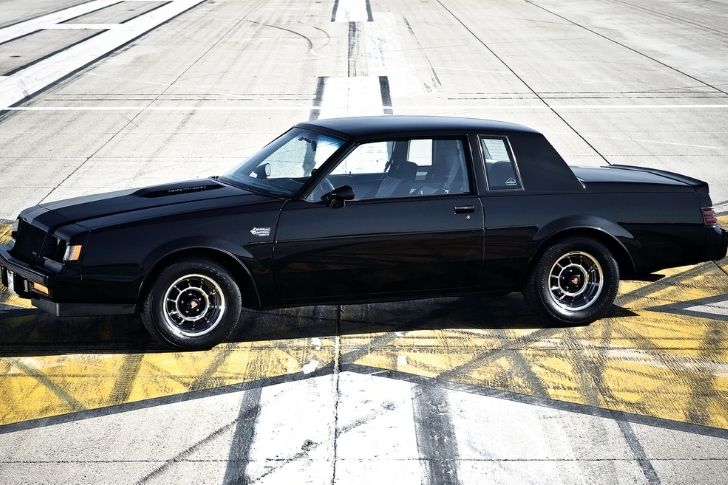
When the muscle car craze of the ‘60s and ‘70s started to wear off for many buyers in the general public, Buick’s GNX relit the flames for the ‘80s.
After creating their first set of prototypes, Buick didn’t immediately sell the car. Instead, as a promotion, they went and had some fun with it, allowing people to stomp on the gas and use it for a joy ride around cities. Eventually, one unit was used in a dirt race competition. After winning the race, many spectators who witnessed the Buick GNX became very interested in the unit and spread the news about its exceptional capabilities, eventually making it an international hit. But, since the GNX was initially made as a tribute to Buick’s previous Grand National cars, only 547 units were ever made – a valuable piece for an enthusiast’s collection.
17.1970 Chevy Chevelle LS6
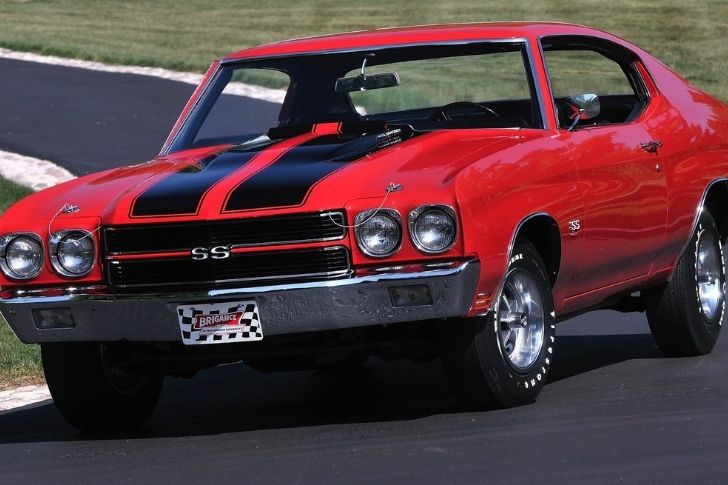
After years of working under the strict condition that disallowed mid-sized cars from having engines larger than 400 cubic inches, General Motors decided to loosen it up for its many car manufacturers. As a result, the company’s division went all out and made investments towards creating newer and stronger muscle cars.
Among the many cars that were born amidst the muscle car trend’s rebirth was the Chevy Chevelle LS6. After topping their previous high-performance model, the Corvette, the Chevelle LS6 featured a horsepower of at least 450 that could reach 60 mph in only 5.4 seconds. Though it was initially tested with thin tires, the Chevelle LS6 can achieve faster records with modern-day, thicker tires. And out of all the muscle cars, the LS6’s factory horsepower rating stands higher than the rest.
18. 1968 Plymouth Road Runner
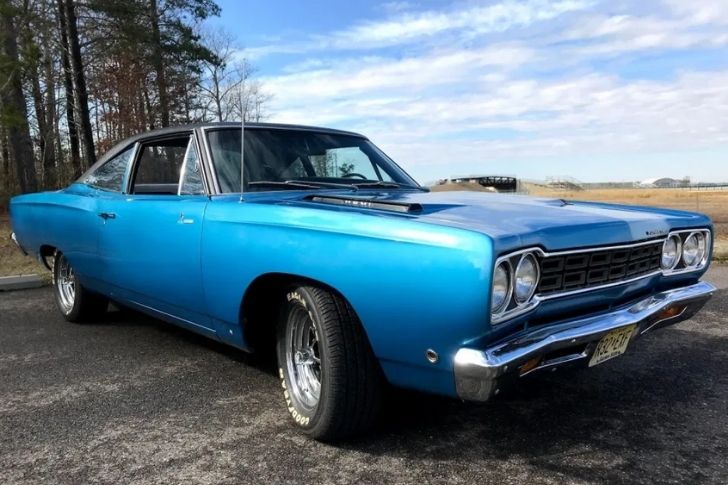
For many people who want to start a car collection, the Plymouth Road Runner is one of the few friendly candidates for starters. When it came out on the market, the Road Runner received credit for proving to other car manufacturers that high-performance cars can be both durable and affordable — indeed, this one was both.
With its name inspired by one of Looney Tunes‘ signature characters, the Road Runner, the Plymouth Road Runner also had a horn that made the character’s signature “beep-beep” sound from the show. With impressive features that came with an equally impressive price, the Plymouth Road Runner soon became the best of its era — and it is still being sold at auctions at around $236,000 apiece.
19. 1969 Pontiac GTO Judge
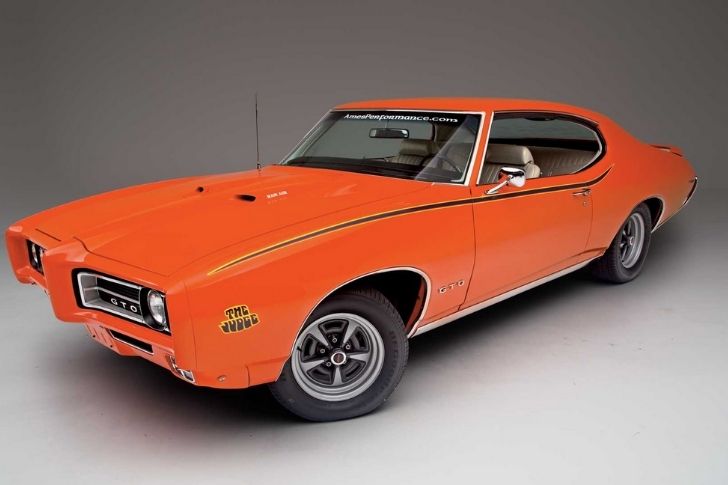
For many car enthusiasts, Pontiac’s GTO was the beast that started the muscle car trend among car manufacturers. Eventually, more muscle cars arrived in the market, and to some degree, these new competitors sadly shadowed Pontiac’s GTO.
At the time, Pontiac continued work on a new, noteworthy contender that they thought could knock the gears off the competition. They introduced a new variant to their GTO, the Judge, which, compared to its predecessor, was an improvement in every aspect. The Judge can get from naught to 60 mph in only 5.7 seconds, eventually topping at 104 mph. But among the many units that were sold, the rarest one was the Ram Air IV convertibles, only five of which were manufactured. With the Judge posing as a good competitor to the other muscle cars of its time, Pontiac managed to sell around 72,287 units.
20. 1970 Ford Torino Cobra
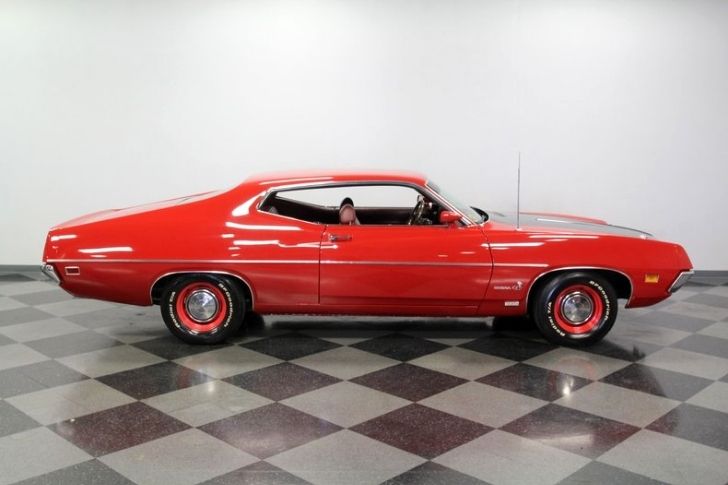
With many of the muscle cars following the principle of having a small body but big engine, it comes with no surprise that Ford’s Torino Cobra followed suit – it even took credit for being one of the largest ones.
The muscle car is mostly based on one of its predecessors, the SportsRoof Torino GT. The Torino Cobra improved on many features, including aesthetics, performance, efficiency, and comfort. Although it wasn’t as strong as the competition, the Torino Cobra was still mighty in its own regard, reaching 60 mph from rest in, at most, six seconds, and boasting a horsepower of 370. Furthermore, the Cobra can also be handled easily and is very comfortable for its driver and passengers – two of the many factors that make a car attractive to buyers.
